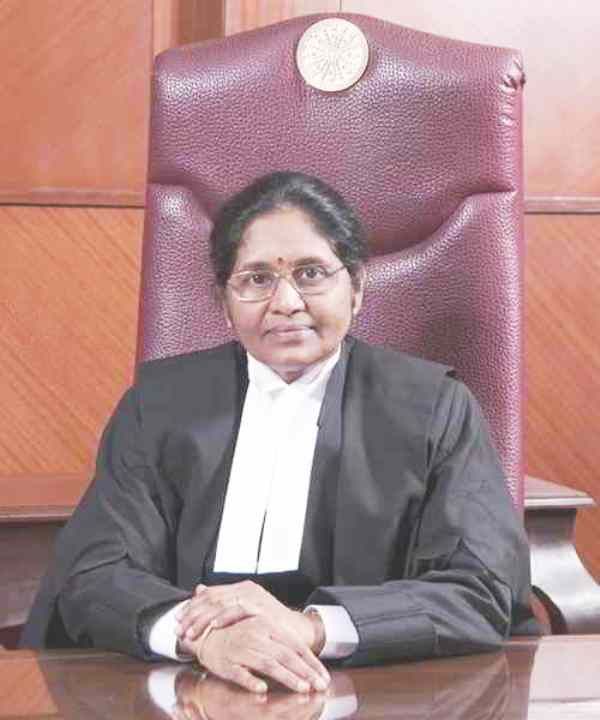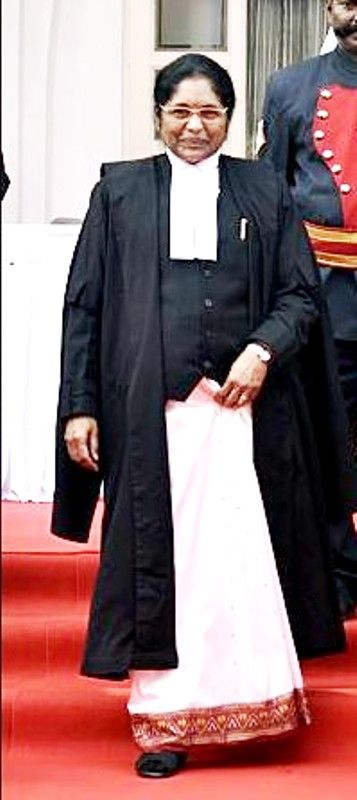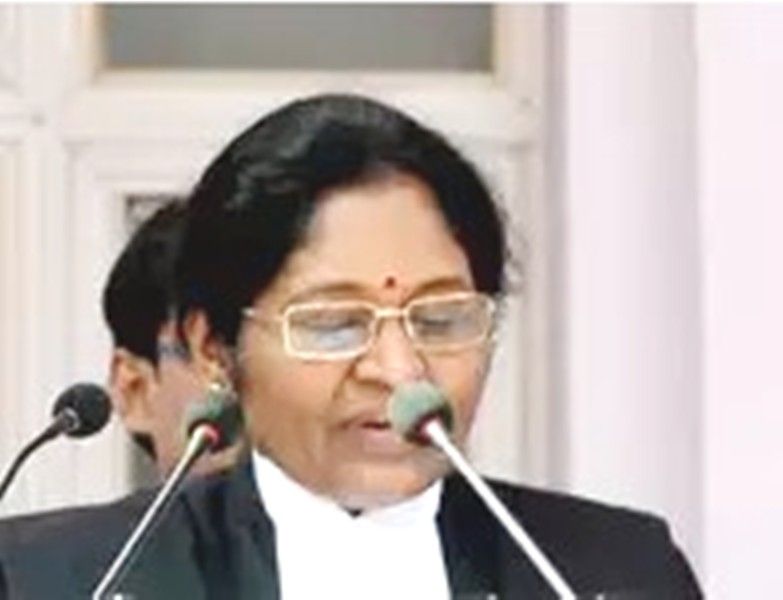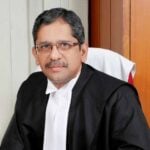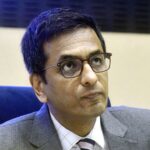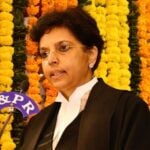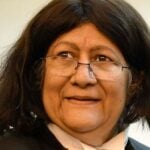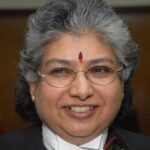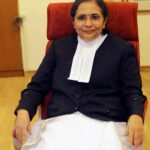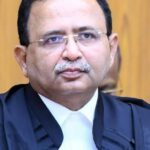G. Rohini Age, Husband, Family, Biography & More
Quick Info→
Caste: OBC
Age: 68 Years
Hometown: Vishakhapatnam, Andhra Pradesh
| Bio/Wiki | |
|---|---|
| Full name | Gorla Rohini [1]Deccan Herald |
| Profession | Judge |
| Famous For | Being the chairperson of the Rohini Commission formed for sub-categorisation of the OBCs in the central list |
| Physical Stats & More | |
| Height (approx.) | in centimeters- 165 cm in meters- 1.7 m in feet & inches- 5’5” |
| Weight (approx.) | in kilograms- 60 kg in pounds- 132 lbs |
| Eye Colour | Black |
| Hair Colour | Black |
| Personal Life | |
| Date of Birth | 14 April 1955 (Thursday) |
| Age (as of 2023) | 68 Years |
| Birthplace | Vishakhapatnam, Andhra Pradesh, India |
| Zodiac sign | Aries |
| Nationality | Indian |
| Hometown | Vishakhapatnam, Andhra Pradesh |
| College/University | • Osmania University Hyderabad, Telangana • College of Law, Andhra University, Visakhapatnam |
| Educational Qualification(s) [2]Mint | • Bachelor's in Science • BA LLB |
| Caste | OBC [3]News Canvass |
| Family | |
| Husband/Spouse | Not Known |
| Parents | Father- Not Known Mother- G. Sarita (Homemaker) 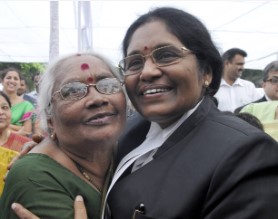 |
Some Lesser Known Facts About G. Rohini
- G. Rohini is a former Indian judge who has served as the Andhra Pradesh High Court Judge. In 2014, she became the first woman to hold the position of Chief Justice in the Delhi High Court.
- After completing her education in Law, Rohini enrolled as an Advocate on 18 December 1980. She then joined the Office of Advocate Sri Koka Raghava Rao, who was the Chairman of the Andhra Pradesh State Bar Council.
- Koka Raghava Rao founded the Andhra Pradesh Law Journals. Rohini started working as a Reporter for this publication. Through her work with the Andhra Pradesh Law Journals, Rohini was able to hone her skills in legal journalism.
- In 1985, Rohini was promoted to the position of Executive Editor of the Andhra Pradesh Law Journals (APLJ).
- As an advocate, Rohini primarily practised in the Andhra Pradesh High Court, as well as in Administrative Tribunals and Civil Courts. She appeared in various types of Writ Petitions, Civil, Criminal, Labour, and Service matters.
- Rohini served as a Government Pleader in Andhra Pradesh’s High Court from 12 January 1995 until her promotion to the Bench. In this capacity, she oversaw various departments, including Food & Civil Supplies, Science & Technology, Environment, Energy, Finance & Planning, and Employment & Training.
- On 25 June 2001, Rohini was sworn in as an Additional Judge of the High Court of Andhra Pradesh. On 31 July 2002, she was appointed as a Permanent Judge in the same court. In this position, she presided over a wide range of cases, including those related to constitutional and criminal matters.
- During her tenure as Judge in the Andhra Pradesh High Court, she served as the head of the Andhra Pradesh State Legal Services Authority and the chairperson of the Andhra Pradesh Judicial Academy.
- She headed Andhra Pradesh Juvenile Justice Committee and released a manual on the rights of women.
- In 2014, Rohini became the first woman to hold the position of Chief Justice of the Delhi High Court, succeeding N. V. Ramana, who later became the Chief Justice of India. She served in this role for three years before retiring on 17 April 2017.
- During her tenure as Chief Justice of the Delhi High Court, Rohini was involved in several landmark cases. These included the dispute between the Centre and state over the exercise of administrative power in Delhi, the plea of telecom companies regarding call drops, privacy concerns surrounding messaging platform WhatsApp, and the audit of power distribution companies by the Comptroller and Auditor General of India (CAG).
- President Ram Nath Kovind exercising his power under Article 340 of the Constitution, appointed a commission on 2 October 2017 to examine the sub-categorization of Other Backward Classes (OBC). G. Rohini served as the chairperson of this commission and later, the commission came to be known as the Rohini Commission.
- The goal of sub-categorizing the OBCs was to create quotas within the existing 27% reservation to provide more opportunities for historically under-represented and marginalized OBC communities. The Commission, which consisted of 5 members, was responsible for ensuring that the more disadvantaged among the OBC communities could access the benefits of reservation for educational institutions and government jobs.
- The Rohini Commission was tasked with examining the inequitable distribution of benefits among OBCs in the Central List, proposing a scientific approach for sub-categorisation within OBCs, identifying and classifying respective castes or communities into subcategories, and recommending corrections for entries in the Central List of OBCs. [4]The Hindu
- The Rohini Commission was initially given 12 weeks to submit its report, but its tenure was extended nearly 14 times due to various reasons, including the COVID-19 pandemic. [5]The Indian Express
- After almost 6 years, on 31 July 2023, Rohini Commission submitted its report to the President of India. The report is withheld by the Narendra Modi-led BJP government citing the reason that they would deliberate over the recommendations of the commission with all stakeholders before concluding anything. [6]PIB
- Reportedly, the Rohini Commission recommended dividing the 2633 OBC castes in the central list into four sub-categories, 1 (1674 caste groups), 2 (534 caste groups), 3 (328 caste groups), and 4 (97 caste groups). These sub-categories are proposed to split the 27% OBC quota reservation into proportions of 2%, 6%, 9%, and 10%, respectively. [7]The Economic Times
- In 2018, the Rohini Commission conducted an analysis of data from 1.3 lakh central government jobs and OBC admissions to central higher education institutions over the previous years. The analysis revealed that just 25% of OBC castes received 97% of the benefits of reservation, while the remaining, more disadvantaged castes remained marginalized.
- The Rohini Commission’s analysis also found that approximately 983 OBC communities, representing 37% of the total, had no representation in jobs or educational institutions.
References/Sources:

